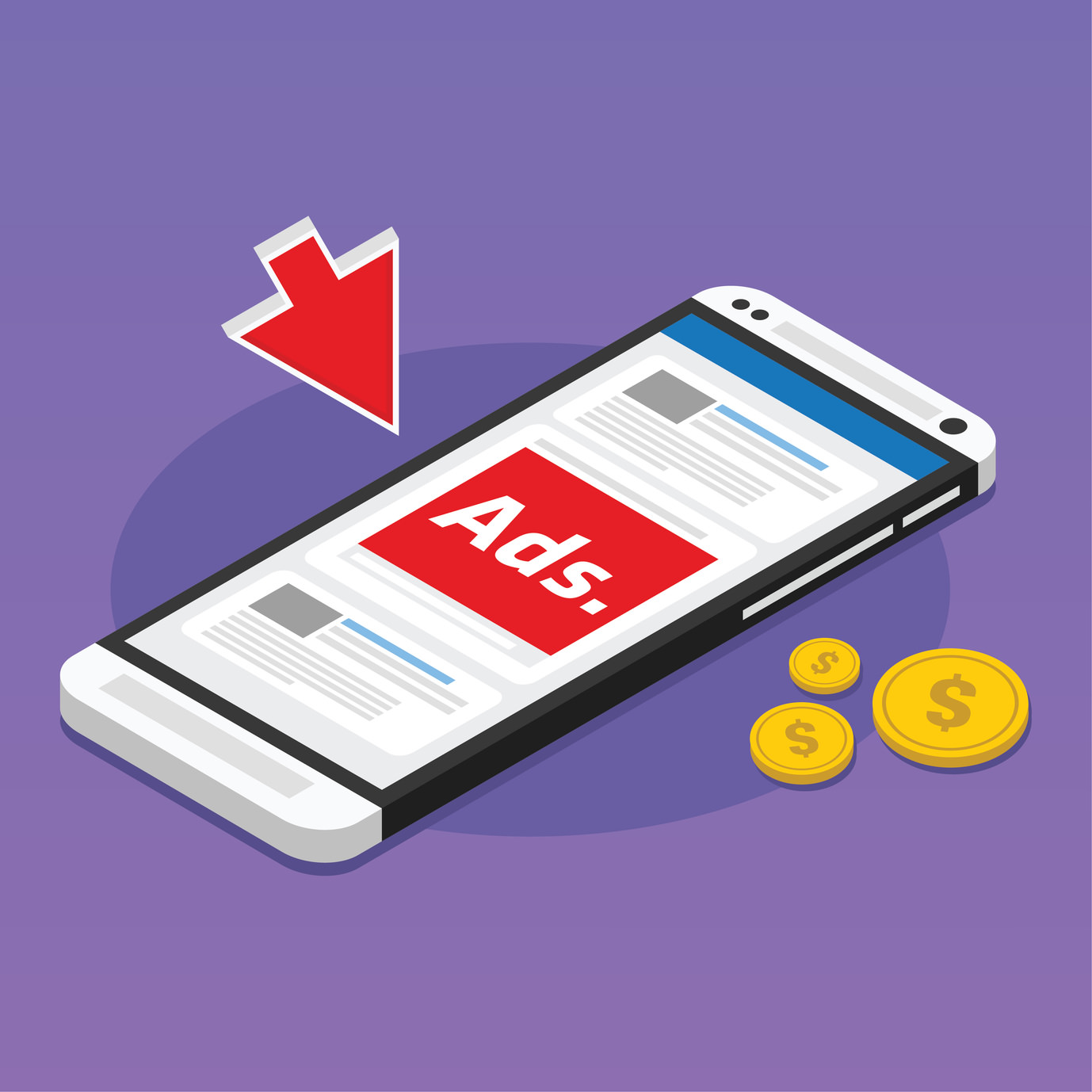It seems odd, in light of the momentum behind Google and Facebook, to even talk about a slowdown/recession in Internet advertising. That is a term I hear quite often from folks deep in the industry. The advertising industry is, without question, shifting more dollars from offline ads to online. However, some trends around ad-blocking, and now Apple adding both auto-play and tracking blocking to Safari, signal trends that will impact some of the more basic Internet advertising techniques and could open the door for others beyond Facebook and Google.
Big Impact to Display Ads
The biggest potential impact of these moves is too generic Internet display ads. These are the ads that often show up all over a website and throughout an article and in general clutter the web. One can argue these moves will do wonders to help us clean up the web browsing experience. But there are no doubt display ads will be hit the worst from these trends. Reports I’ve read estimate display ads, in the US market, represent roughly $25 billion or ~40% of the Internet advertising market annually. While not the majority, a pretty big chunk to be potentially impacted by browser changes and the rise in consumption of ad blockers.
The targeting of blocking could be one of the most impactful changes since its efforts have led to a quantified ROI for advertisers who found it favorable in many regards and were continuing to pour more budget into retargeting techniques. Now Google isn’t likely to add features which limit tracking into Chrome since this is a core offering of their advertising offerings. To put some market share numbers into context, Google Chrome makes up the majority of US web browsing share at ~51%. Safari, by contrast, represents roughly 7% of US web browsing. So if tracking disabling is only limited to Safari, it may not impact targeting ROI as much. However, it will present a much more pleasurable web browsing experience for Mac users who use Safari as their primary web browser.
When it comes to ad-blocking, a recent private study I read stated that about 40% of PC/Mac users in the US are actively using some solution to block ads on the notebook or desktop. Roughly only 15% of US consumers are using an ad-blocker on their mobile device. The demographics of ad-blocking skews younger with the majority of folks who use the technology are under the age of 40.
These trends are interesting, as they will force some important shift in tactics from online advertisers. The question is what are their best options going forward for ROI, but hopefully, we are moving toward a needed improvement in website browsing experiences since it is a hot mess today.
Strategies for Going Forward
It seems the beneficiaries of these trends are websites and apps which have active logged in accounts and highly engaged users. This will create a user-base with a much more captive engagement in which to present ads, or something like ads, but also give much better hyper-targeting options than what is available for general web browsing. Here again, Facebook and Google with their large, engaged user bases in assets like Facebook, Instagram, and YouTube will be beneficiaries of these shifts. Fun fact, nine of the top 15 mobile apps are owned by Facebook and Google. Similarly, Twitter, Snapchat, Pinterest, etc., could also stand to benefit more from these shifts than if they did not happen.
Similarly, games/gaming sites and apps can benefit given their niche audience which is large and global. Twitch comes to mind as a beneficiary of these trends as advertisers look to move away from general display ads as large parts of their budget and more to more niche engaged audiences in the hundreds of millions of user bases.
Lastly, it will be interesting to see if Amazon continues to grow their pie of advertising share over time. Amazon continues to increase their user base, and Prime members are now either around 100 million people globally or close to it. But Amazon remains one to watch here is well.
The narrative continues, this is a winner take most scenario, and that still feels right for the foreseeable future. Google and Facebook continue to drive the vast majority of online advertising growth and were responsible for 90% of that growth collectively last quarter. The winner take most scenario here remains a duopoly between Google and Facebook, and over the next few years, it will be interesting to see how the shifting dynamics in online advertising create opportunities to break that duopoly or only cement it further.

I appreciate you sharing this blog post. Thanks Again. Cool.